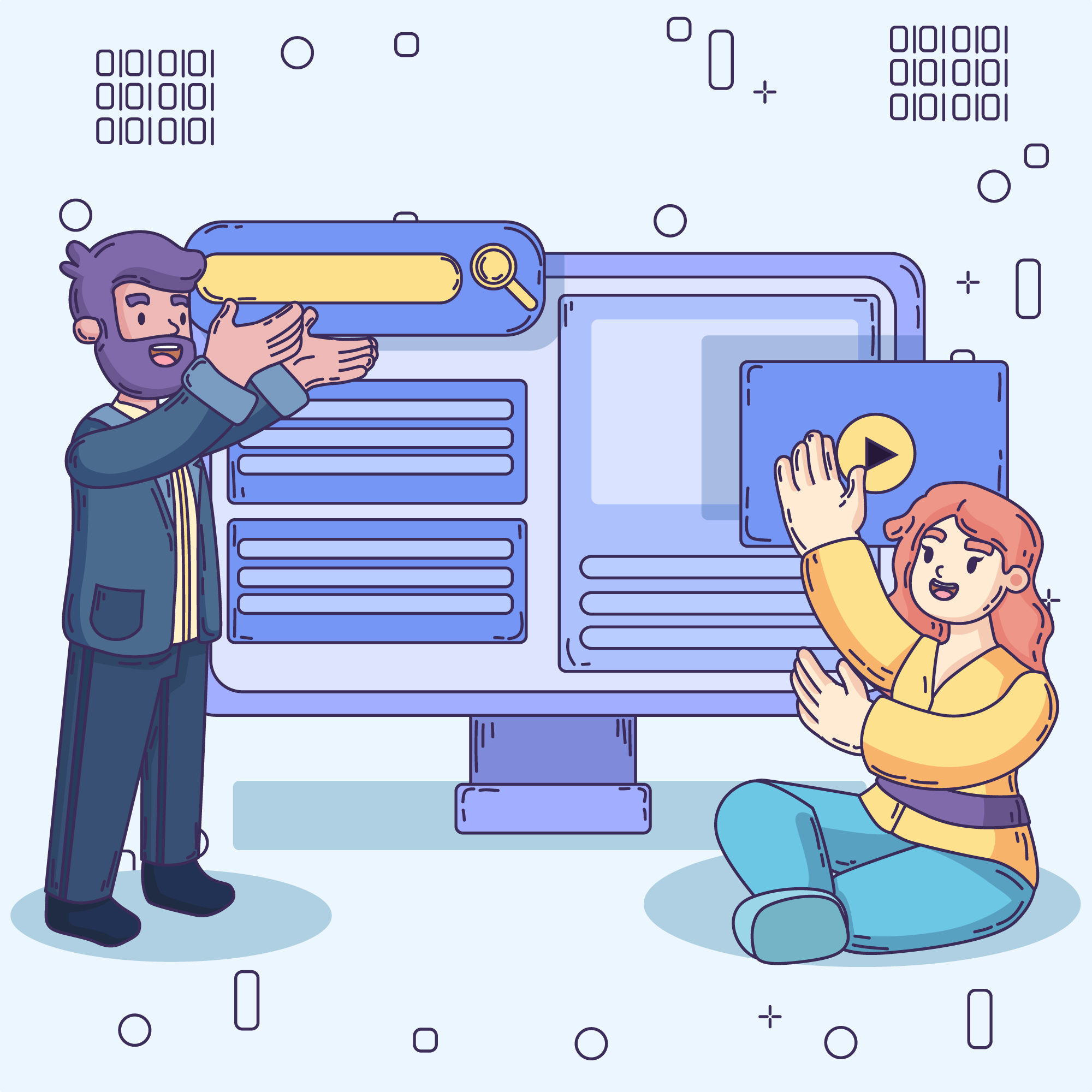In the world of SEO, your website’s architecture plays a massive role in how search engines, like Google, find and rank your content. One important factor that can affect your site’s visibility is crawl depth—a measure of how many clicks it takes to get from your homepage to a particular page.
Let’s dive into a powerful technique using Screaming Frog to optimize your internal linking strategy, ensuring your most valuable content doesn’t get buried too deep in the site architecture.
What is Crawl Depth?
As your website grows, pages can easily get lost in the shuffle. When content is more than 3-4 clicks away from the homepage, search engines may struggle to reach it. This can lead to poor rankings, as these pages receive less attention from both users and search engines. Ideally, your pages should have a crawl depth of no more than 3-4 links away from your homepage.
The Role of Internal Linking
Why does this matter? Pages that are deeply buried have a harder time gaining link equity. Strong internal linking ensures that all parts of your site are easily accessible to search engines and users alike. This is where Screaming Frog comes in handy!
Using Screaming Frog to Identify Crawl Depth Issues
Follow these steps to use Screaming Frog for identifying pages with high crawl depth and fixing internal linking problems:
Step 1: Crawl Your Website
Open up Screaming Frog, and run a crawl on your website. Once it’s complete, you’ll have a full report on all your site’s pages.
Step 2: Locate the Crawl Depth Report
Navigate to Internal > HTML in Screaming Frog’s interface. Then scroll right until you find the Crawl Depth column. Sorting this column in descending order will show you the pages with the highest crawl depths.
Step 3: Identify Pages with High Crawl Depth
Look for pages with a crawl depth of 5+. These are the ones that are buried too deep and may not be receiving the attention they deserve. Pages with higher crawl depths are often content that is isolated or not properly linked within your site.
Step 4: Build Internal Links to Shallow the Crawl Depth
Once you’ve identified these pages, it’s time to brainstorm ways to internally link to them. The goal is to surface these pages by linking them from pages that are closer to the homepage or from relevant high-traffic areas of your site.
Why It Matters
In previous audits, we’ve identified entire sections of websites with poor internal linking. By spotting pages with high crawl depths, we could see which templates or page types weren’t getting natural internal links. From there, we developed scalable solutions, like including these links in the navigation menus, footers, or even contextually within blog posts.
Using Screaming Frog’s crawl depth feature is a powerful way to uncover and fix internal linking issues. By ensuring that no page is buried deeper than 3-4 clicks away from the homepage, you can help both users and search engines find your content more easily—leading to better engagement and potentially higher rankings.
If you’re looking for expert help with technical SEO or other strategies to improve your site’s performance, feel free to reach out to us at Wise SEO! We specialize in optimizing sites to rank higher and perform better.
